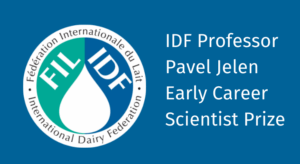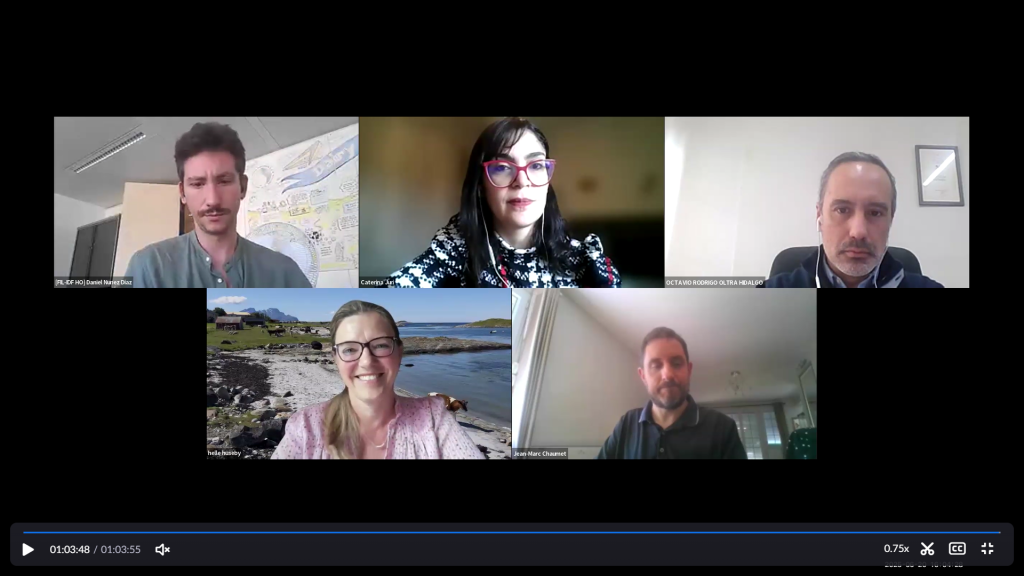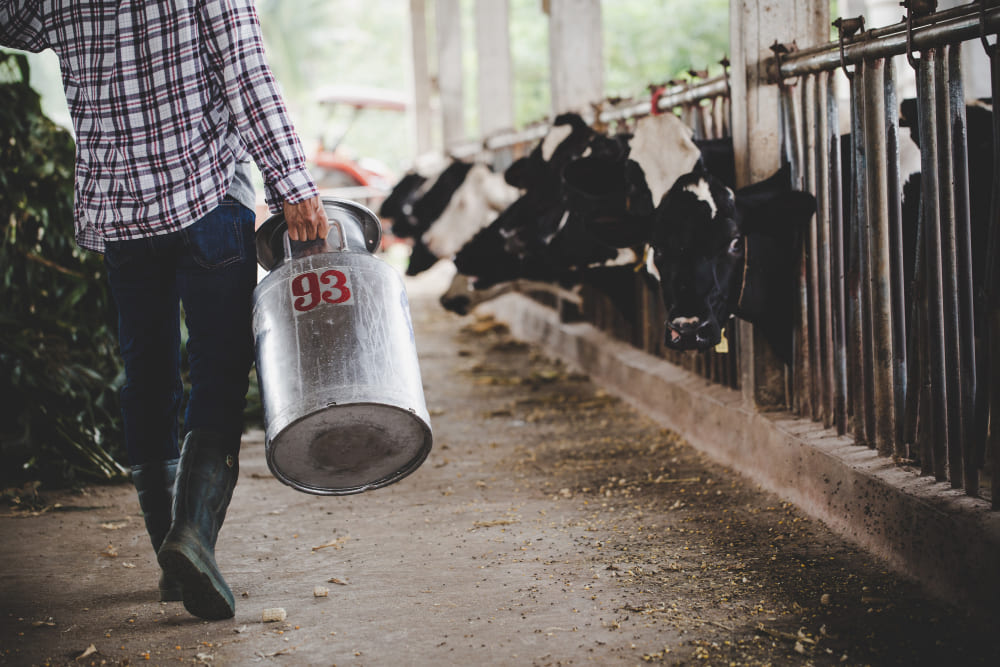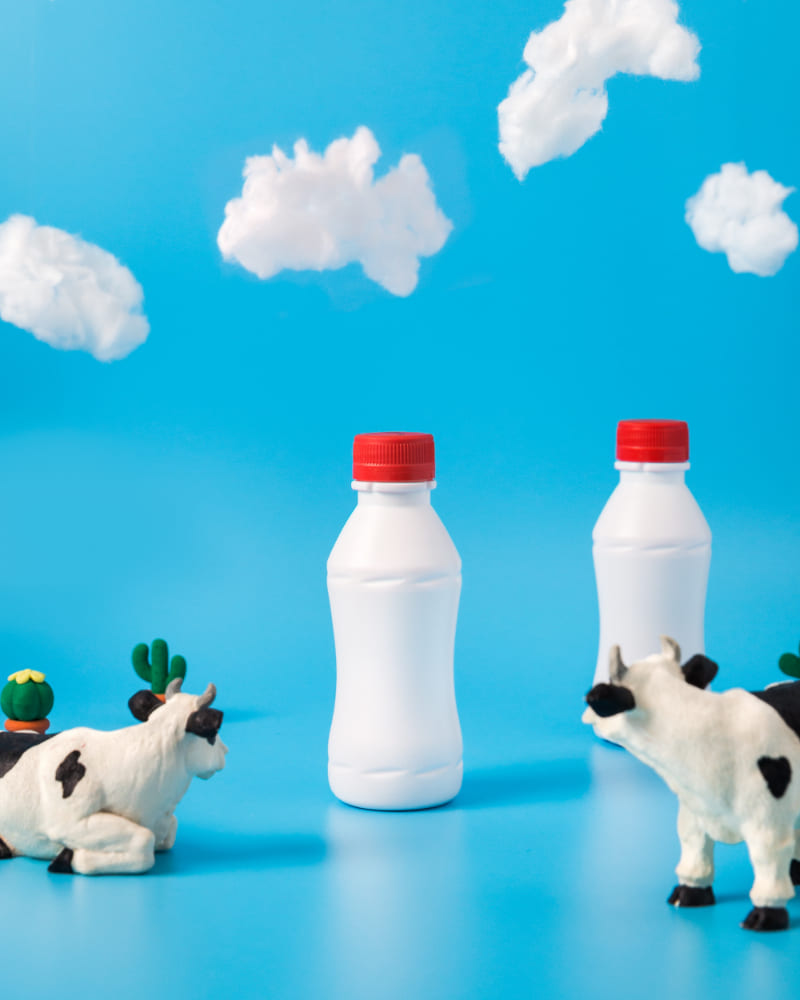
IDF announces winners of the 2025 IDF Professor Pavel Jelen Award for Early-Career Scientists
The International Dairy Federation (IDF) is proud to announce the winners of the 2025 IDF Professor Pavel Jelen
A comprehensive overview of the global and national dairy sector was presented to specialists from around the world at the recent international webinar “World Dairy Industry Situation with a focus on Chile”, organized by the International Dairy Federation, IDF.
The IDF World Dairy Industry Status Report has been published annually since 1989 and has become an essential tool for those involved in the global dairy chain.
On this occasion, the manager of the Dairy Consortium and Secretary of the IDF National Committee, Octavio Oltra, presented to the webinar participants the future World Dairy Summit, the IDF WDS 2025, which will be held in Santiago de Chile between October 20 and 23. He informed about the program of activities, the registration process and the topics, all of which are available on the website.

Jean Marc Chaumet, specialist at CNIEL (France) presented a summary of the report, which highlights that in 2023, world milk production was 782 billion kilograms, with a high participation of Asia, Europe and North and Central America.
Countries such as India (+7.4%), China (6.8%) and Brazil (+3.2%) are growing in production, according to Chaumet. Meanwhile, the European Union participates in 31% and the United States with 22% in global delivery.
In per capita consumption, it is estimated that its average consumption has grown in recent years, since in 2015 it was 108.3 liters per inhabitant, while in 2023 it reached 119.1 liters per inhabitant, which is a trend that has been growing gradually. Butter and cheese are increasing their demand, while fluid milk has been decreasing slightly.
The world outlook today shows growth and recovery in Argentina and Uruguay, while New Zealand and the United States are growing slightly in the first part of the year.
The specialist recalls that global trade tensions are impacting the markets this year, while consumption has declined, so both phenomena present challenges.
In the long term, Chaumet concluded, it is clear that, as the world population grows, the demand for dairy products will increase, especially in areas such as fresh dairy products and butter. However, the major challenge will be how to address supply, bearing in mind the challenges of producing more in the world, in a sustainable manner.
Worldwide figures for 2024 are currently being consolidated and will be presented at IDF WDS 2025 in Santiago, Chile.


The Dairy Consortium's Information and R&D coordinator, Caterina Juri, presented the most recent statistical information, which has been consolidated by the Dairy Information Center (CIL), made up of Fedeleche, Exporlac and the Dairy Consortium, with the support of Odepa.
The national milk intake in 2024 was 2.233 billion liters, 3.4% higher than the previous year, with production concentrated in the regions of Los Lagos and Los Ríos. In addition to these figures, participants from around the world learned about production systems mainly based on pasture feeding, while in the central zone they are based on confined systems.
According to statistics up to 2023, producers have decreased slightly, with a total of 2,317. The total number of cows in production is 435,000. In terms of size, small producers account for 51%, with a 10% share of milk production; medium-sized producers account for 14%, with a 13% share; and the largest producers, with productions of 1.5 million liters or more, make up 35% of the total, constituting 77% of the production delivered to the plant.
The average price paid to producers was 0.47 US cents per liter in 2024; per capita consumption was 139 liters per year equivalent, which, although below the FAO recommendation, has room for growth based on opportunities for value-added dairy and culturally adapted products.
Exports are on the rise, with a value of US$261 million, mainly to the United States and Mexico, with butter playing a major role. In addition, infant formulas and condensed milk stand out. Imports fell by 3.7%, which opens up opportunities for local products.
In the international context, Chile is a net importer of dairy products, but shows strength in exporting selected dairy products; it has a high sanitary and quality standard; it has room to grow in Latin American markets and in niche products; it is involved in international collaborative work; and it focuses on productivity and traceability to improve competitiveness.
Finally, Caterina Juri highlighted the work on sustainability, in which there is a committed work of the dairy farms and the processing industry, in a private and public effort, with certifications through the Chile Conscious Origin distinction.
Share this news

The International Dairy Federation (IDF) is proud to announce the winners of the 2025 IDF Professor Pavel Jelen

The IDF WDS 2025 will be held in Santiago, Chile, October 20-23 and is the first time that

Chile will be the first South American country to host the World Dairy Summit, a meeting promoted by